As Jacksonville marks bicentennial, what were the biggest turning points in city's history?
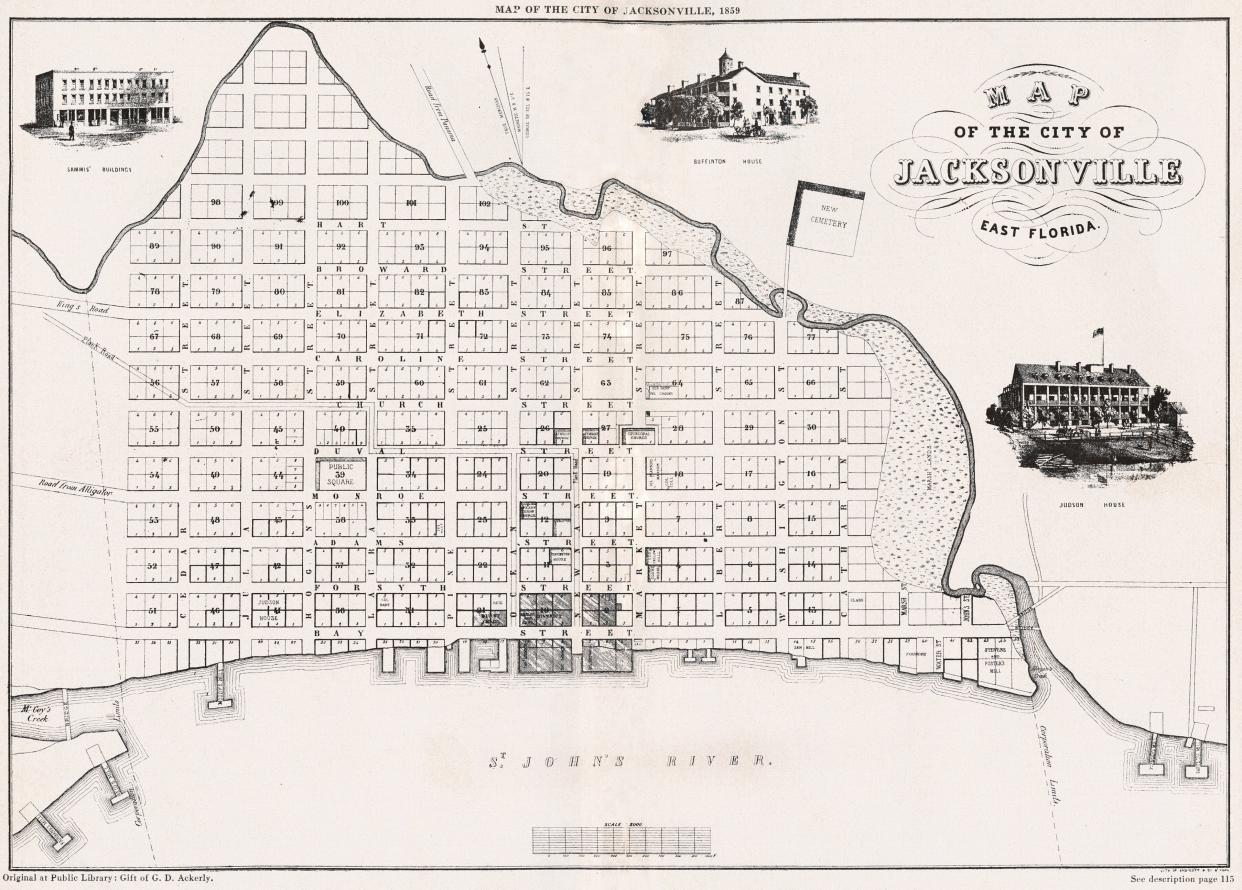
Jacksonville's history is marked by turning points that altered the course of the city, for better or worse.
To mark Jacksonville's bicentennial, here's a look at just some of those key moments.
1822: The founding of Jacksonville
A year after the U.S. takes Florida over from the Spanish, Isaiah Hart and neighbors lay out eight blocks for a frontier city on the Northbank of the St. Johns, and then apply to the U.S. government to make it an official customs port of entry. They hope to curry favor by naming the new place after Andrew Jackson, the territory's first governor and a future president.
'Jacksonvillage': Frontier city was slow to grow but will mark its bicentennial in 2022
Mark Woods: As it celebrates 200 years, Jacksonville is still figuring out its identity
More: Fireworks, live music and a parade: Here's how Jacksonville is celebrating its bicentennial
1888: Yellow fever
A yellow fever epidemic takes a terrible toll on Jacksonville. By the time the epidemic was over in December, more than 4,700 people had been infected, and about 450 died It also played a role in the ending of Reconstruction: The state's segregationist governor used the city's response to the epidemic as an excuse to dismantle Jacksonville's integrated city council in favor of an appointed one, until the state could pass laws to disenfranchise the Black vote.
Nate Monroe: Jacksonville beat a pandemic once before. We’ll do it again
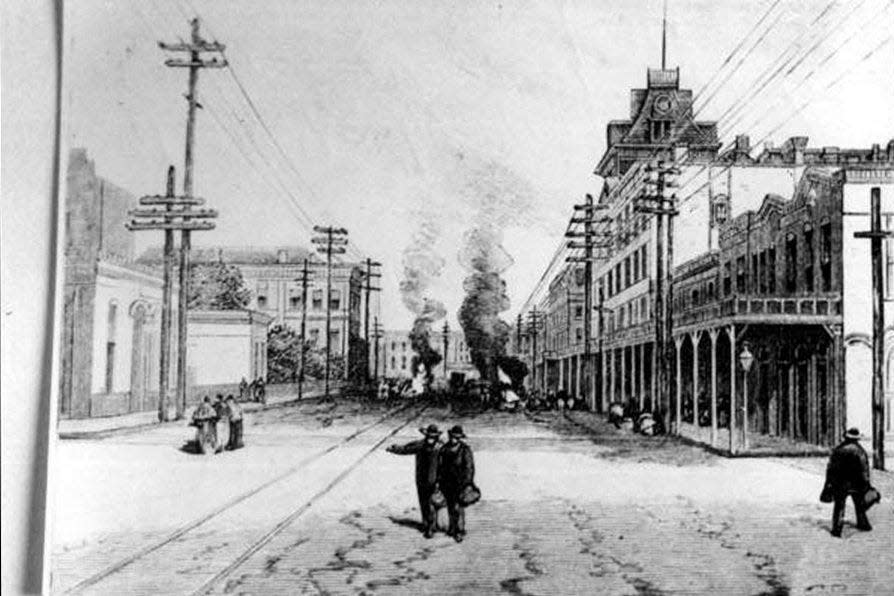
1901: The Great Fire
Most of downtown Jacksonville burns on a hot, gusty day. That leads to a building boom and large-scale transformation as the city begins to rebuild almost immediately.
Chaos in the streets: The Great Jacksonville Fire of 1901
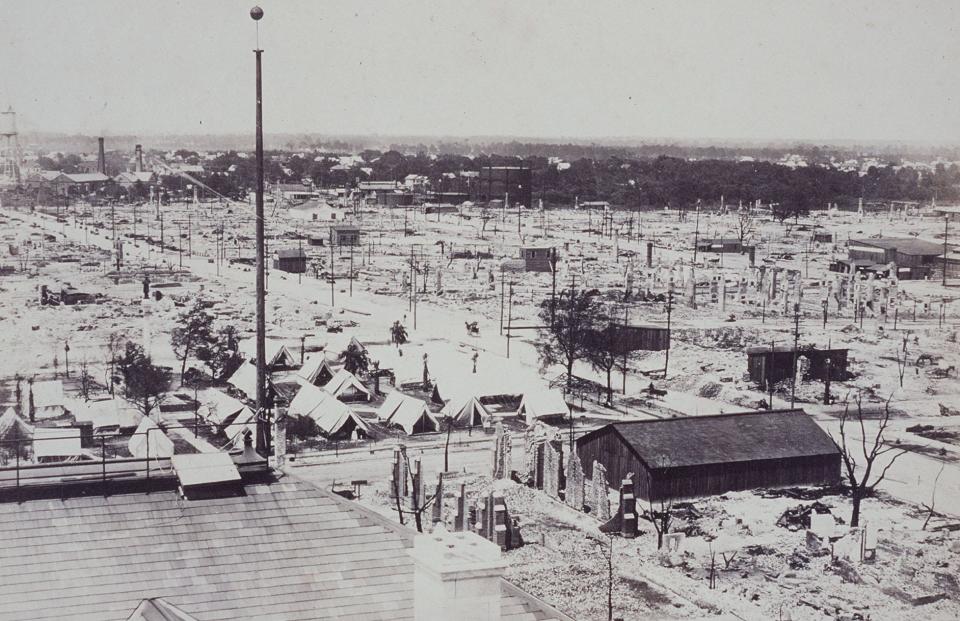
1908: The Hollywood of the South, briefly
The motion picture industry comes, for a while. A film troupe from New York City comes for Jacksonville's winter weather and light. In the next few years about 30 studios set up shop in what was called the "World's Winter Film Capital." Within a decade most of the activity was gone, killed by a city that wearied of the film company's antics, by economic fallout from the 1918 Spanish flue and by a town in California named Hollywood, which just had too many advantages.
Want to watch some of the old silent films shot in Jacksonville? Here are 20 of them
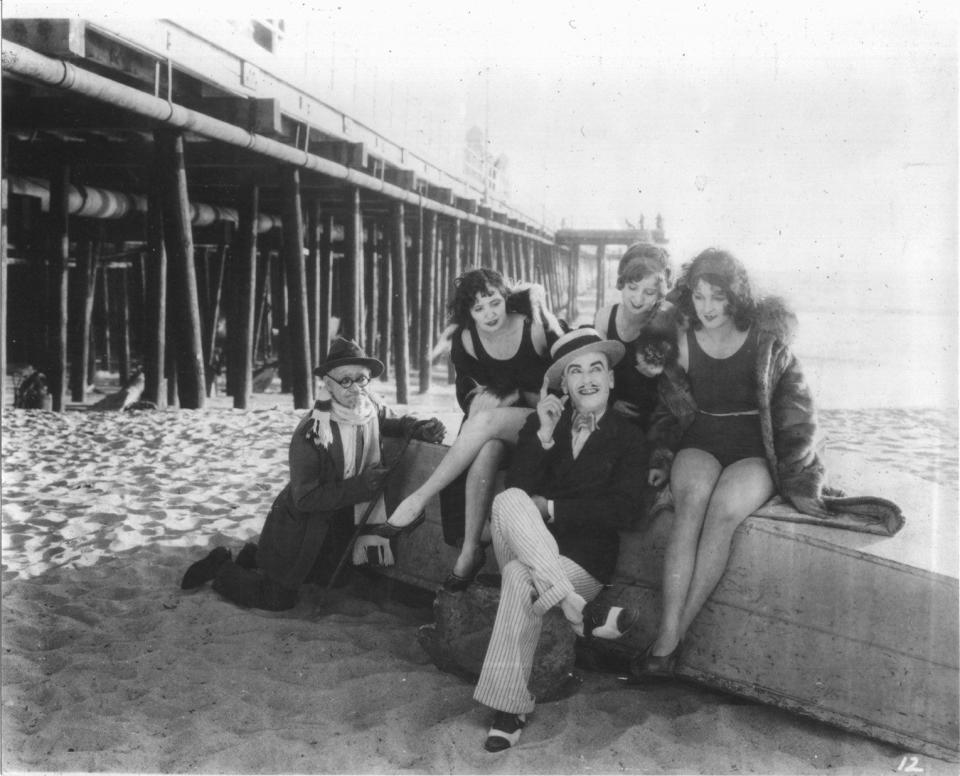
1938: The Navy comes to town
It's hard to imagine Jacksonville without the Navy. That modern naval history began before World War II, when a congressional board recommended that bases be established at Mayport and at Camp Foster, a National Guard site that's now home to busy Naval Air Station Jacksonville. NAS Cecil Field was also a big presence until its closure in 1999.
In photos: 12 facts you might not know about Jacksonville's military history
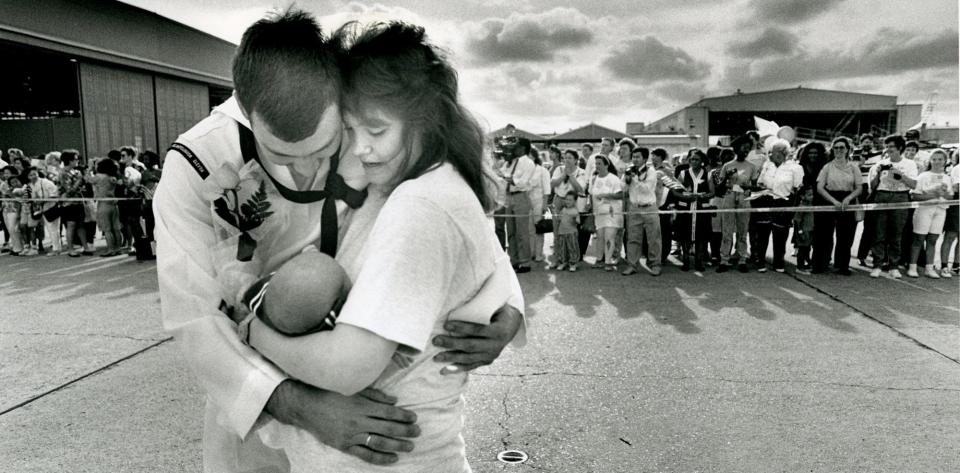
Early 1960s, and before, and after: The civil rights struggle
It has shaped much of the city's history, creating great leaders of nationwide importance and producing moments of great national shame. As the Times-Union's editorial board wrote in 2018: "You cannot understand or appreciate Jacksonville’s history without including its civil rights history. The two are inseparable."
Editorial: Jacksonville's impressive civil rights history is finally getting attention
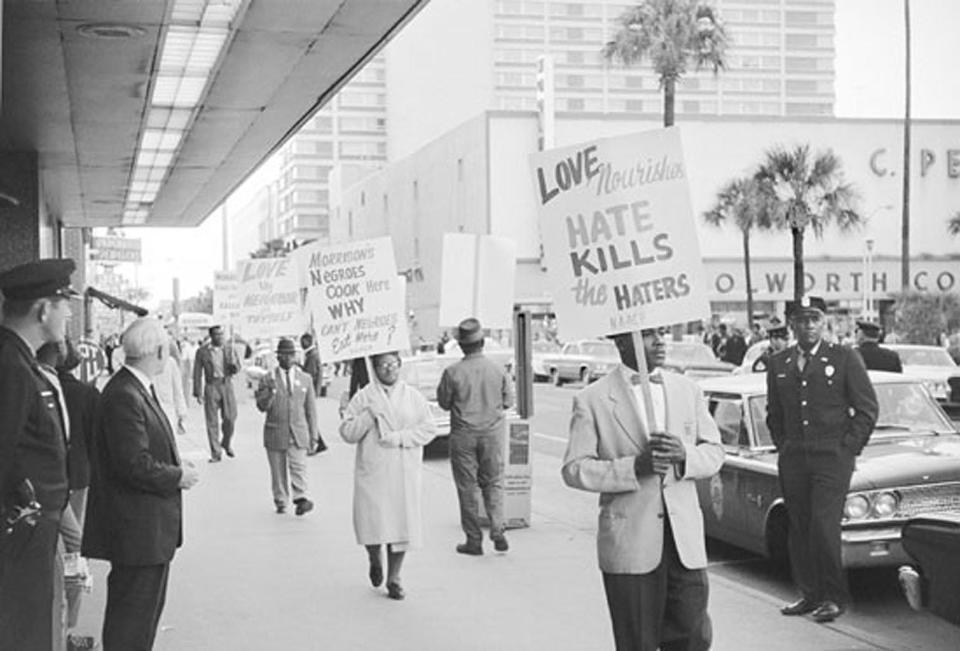
1967: Consolidation
After a contentious campaign, voters agree to merge the central city and the entire county into one big new city, dubbed the Bold New City of the South. It's meant to address much-needed infrastructure improvements, failing schools and and unwieldy and inefficient city and country governments, among other problems. Some of the promises of consolidation haven't been met, but there's no doubt it transformed the city.
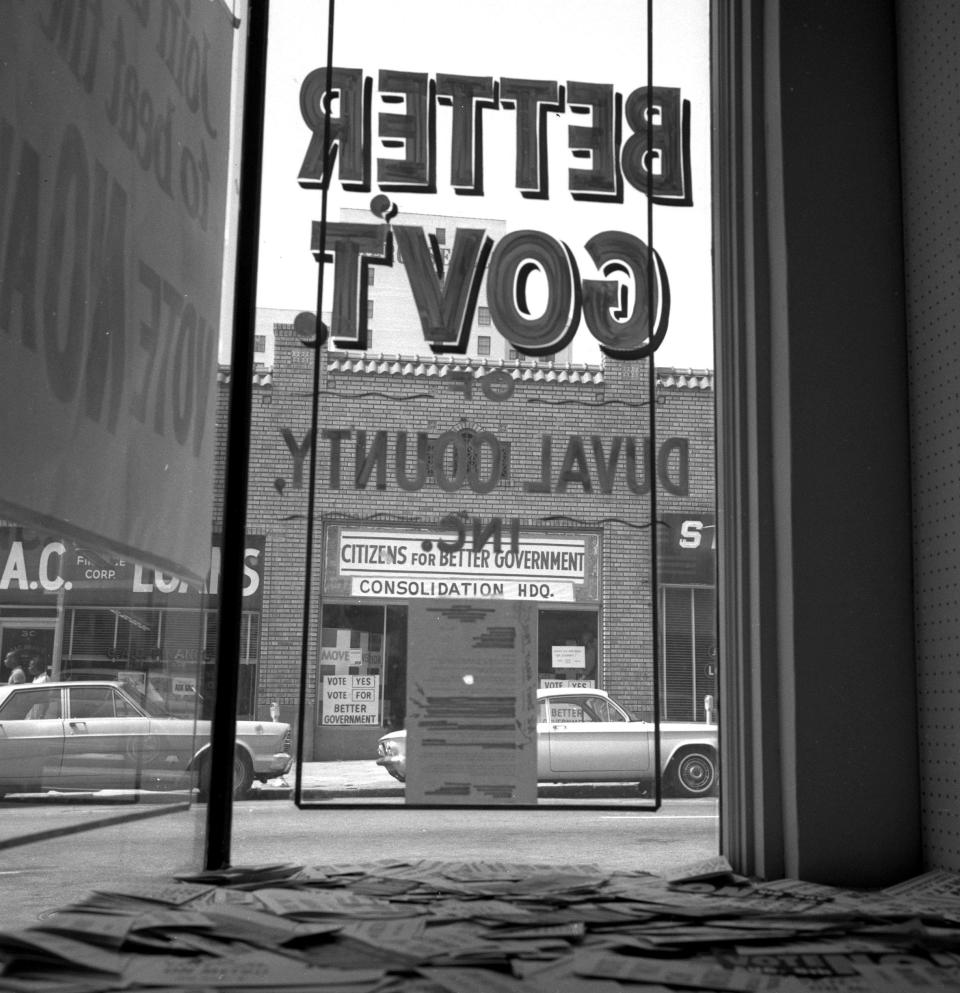
Consolidation: Residents voted for a new Jacksonville. But it wasn't easy — or pretty
1972: A college town
The University of North Florida opens in the middle of nowhere, practically, on land donated by the Skinner family, which owned vast swaths of the Southside. The commuter college opens with 2,027 students, all upperclassmen (freshmen would have to wait until 1984). It's far from a commuter college now though, and its students have become inextricably enmeshed in the fabric of the city — which has grown up along with it, pushing through what used to be Skinner land to become Butler Boulevard, Town Center and the whole bustling area.
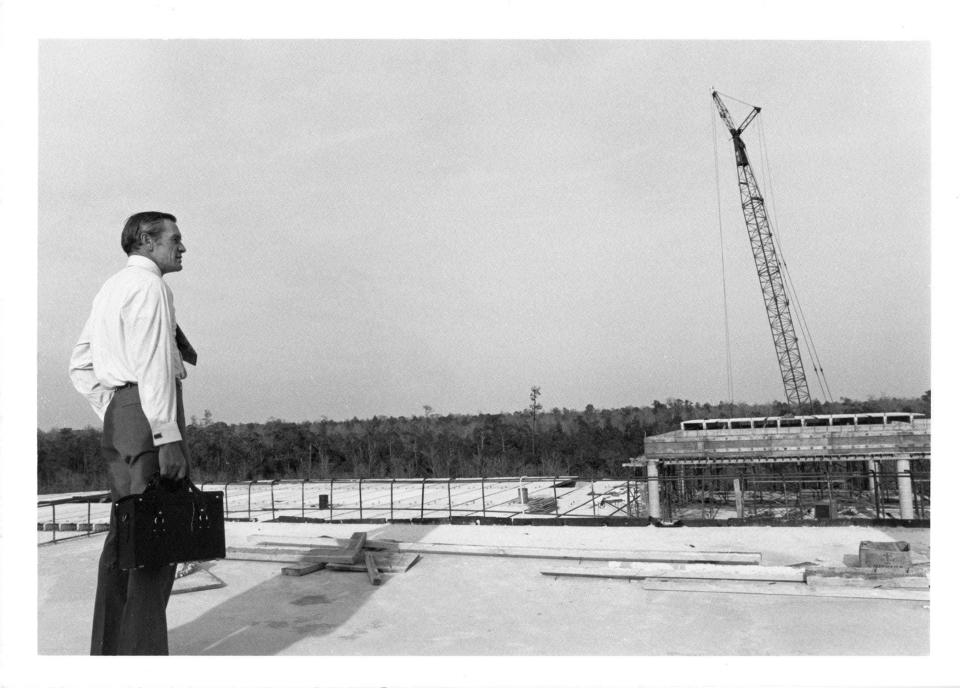
1986: A health care hotspot
The Mayo Clinic opens with one medical building, 37 physicians and 158 other employees. It now has more than 8,400 employees in Jacksonville. Earlier this year Mayo said that in the last six years it has invested about $1 billion in projects at the center off San Pablo Road. By 2026 it expects to have more than doubled its space in just that period. Over the next few decades, growth is also seen throughout the city's other, already established hospitals, which keep adding employees and facilities and medical specialties.
A 'medical hotspot:' Jacksonville physicians tout innovative techniques in health care
1988: 'The City That Stinks'
Pushed by Mayor Tommy Hazouri, the city cracks down on the stink from paper mills, a stink that to many outsiders long served to define the city — and not in a good way.
1993: A big-league city
The NFL awards the underdog city with an NFL team, which begins play in 1995. Fall Sundays are never the same and, while many Americans still can't find the city on a map, at least most have heard of it.
Birth of the Jaguars: Jacksonville celebrates the unbelievable news
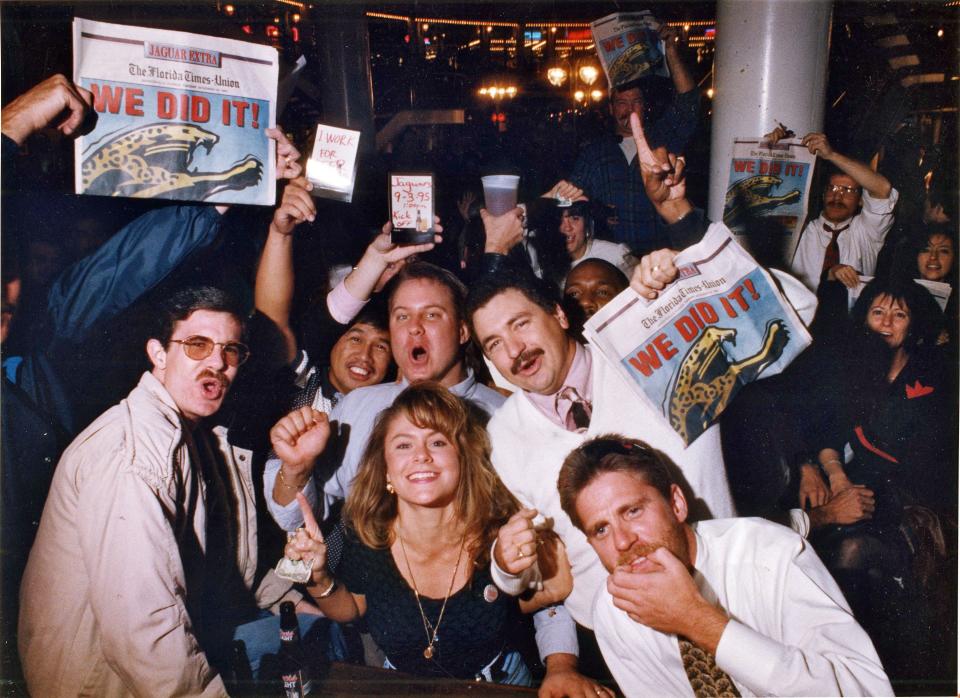
1999: The Preservation Project.
Toward the end of the last millennium, during Mayor John Delaney's administration, the city embarked on a plan to protect 53,000 acres from development; combined with the vast Timucuan Ecological and Historic Preserve, gives Jacksonville the nation's largest park system, about 80,000 acres.
This article originally appeared on Florida Times-Union: Jacksonville history: From The Great Fire to civil rights and Jaguars

